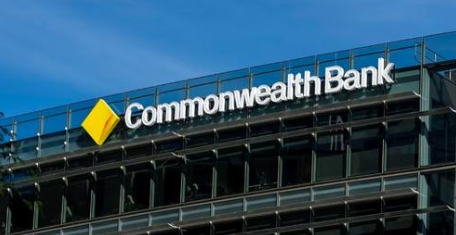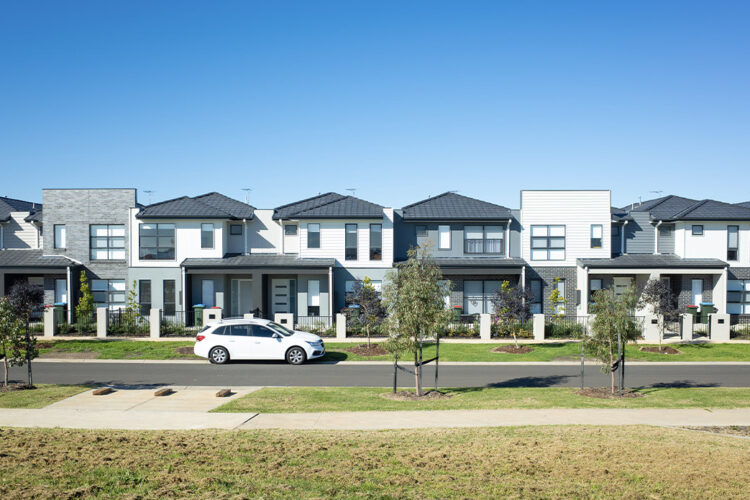Following an easing of the downturn at the beginning of the new year, Australia’s home values rose 0.6 per cent in March, according to CoreLogic.
The research firm’s latest Home Value Index (HVI) covering March revealed Australian home values posted their first month-on-month rise (0.6 per cent) since April 2022, due to increases across the nation’s four largest capital cities and a majority of its “rest of state” regions.
Sydney registered the largest monthly value increase (1.4 per cent), followed by Melbourne (0.6 per cent), Perth (0.5 per cent), and Brisbane (0.1 per cent). Conversely, home prices in Hobart dropped nearly 1 per cent, while Canberra (0.5 per cent), Darwin (0.4 per cent), and Adelaide (0.1 per cent) all experienced respective declines.
The NSW capital (0.4 per cent) and Perth (0.1 per cent) are the only major city markets to record quarterly value gains.
At the end of March, Australia’s median home value rested at $704,723, with a capital city home buyer expected to pay $764,995 for a home, while this sum drops to $578,496 in regional Australia.
March’s performance is the first increase in the monthly HVI since April 2022, when it jumped 0.6 per cent. Following that, 10 months of value declines began, beginning with the 0.7 per cent fall recorded last May.
Tim Lawless, CoreLogic’s research director, indicated last month’s value increases are a result of a myriad of factors “placing upward pressure on home prices,” including low supply, extremely tight rental conditions, and overseas migration demand.
“Advertised supply has been below average since September last year, with capital city listing numbers ending March almost 20 per cent below the previous five-year average,” he said, adding “purchasing activity has also fallen, but not as much as available supply.”
“With rental markets this tight, it’s likely we are seeing some spill over from renting into purchasing,” he said, though conceded higher mortgage rates mean “not everyone who wants to buy will be able to qualify for a loan.”
Despite being at record levels, he noted net migration is still rising, many of whom could bypass the rental phase and “fast track a home purchase simply because they can’t afford rental accommodation.”
Recounting the performance of Sydney, Mr Lawless revealed the upper sector led the harbour city’s March value rebound, with properties in the markets most expensive 25 per cent experiencing price increase of 2 per cent last month.
He believes the city’s 17.4 per cent peak-to-trough decrease, the largest from the market peak of any capital city market segment, may have resulted in “some opportunistic buyers coming back into the market where prices have fallen most.”
On the regional front, only regional Victoria (0.1 per cent) and regional Tasmania (0.7 per cent) reported a fall in values during March, with regional South Australia (1 per cent) and regional Western Australia (0.9 per cent) reporting the largest climbs, taking both markets to respective quarterly increases of 2 per cent and 1.5 per cent.
Mr Lawless quipped “the best-performing regional markets are quite different to what we were seeing through the recent growth cycle.”
“In today’s market, it is mainly rural areas that are seeing the strongest increases, rather than the commutable coastal and lifestyle markets that were booming through the upswing,” he noted.
Despite the recent downturn, Australian value across every capital and “rest of state” market remain above pre-COVID-19 levels, with Melbourne boasting the slightest buffer between March 2020’s values and now (0.6 per cent).


